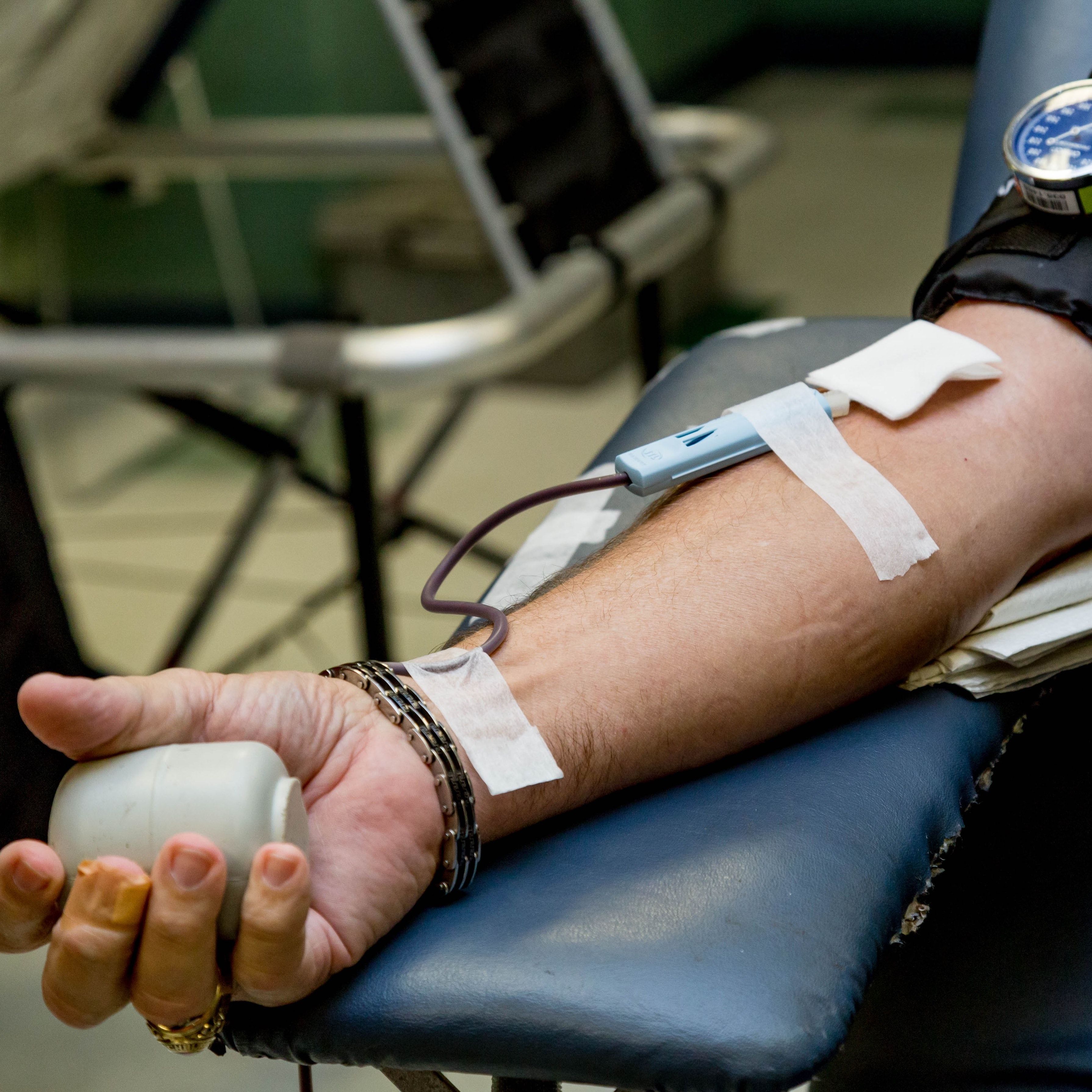Video
Treatments in the Pipeline for HIV Infection Prevention
Joseph Eron, MD: Colleen, what about new interventions for prevention in the antiviral space? What are we looking at?
Colleen Kelley, MD: I think I mentioned this before, but it’s such an exciting time. There are so many other options that are in the pipeline for prevention. Right now, we have 1 FDA-approved option for PrEP [pre-exposure prophylaxis]—Truvada. But, at some point, we may have a suitcase. People can pick and choose what’s going to work best for them—for their situation and lifestyle. That’s where we need to get, as a field, with HIV prevention.
There are 3 things to mention. One is a dapivirine ring, which is an NNRTI [non-nucleoside reverse transcriptase inhibitor]-formulated ring that women insert into the vagina every month. They’re looking at longer formulations of that, as well, to prevent HIV infection. This was shown to be efficacious in women in Africa. Although it may not have been as efficacious as we would have liked, this is one of the first controlled prevention interventions for women where there’s no condom negotiation. There are no power struggles. A woman can control her HIV prevention as desired.
Injectable cabotegravir is also in trials for prevention. Right now, there’s a very large head-to-head study that’s being conducted by the HPTN [HIV Prevention Trials Network]. Injectable cabotegravir, every 8 weeks, is being compared with oral Truvada, for PrEP.
We think and hope that cabotegravir will be as effective as Truvada for prevention. Unfortunately, it’s a very long study. We are not going to have results for many years to come. Because Truvada is so effective, those head-to-head trials are hard to do. They take a long time. But, we will hopefully have a good result, that will make it available for folks down the road.
Finally, some very exciting things with monoclonal antibodies that are directed against HIV are being looked at as prevention agents. They are being looked at as infusions. Some are potentially being looked at as subcutaneous injections. Down the road, implantable types of devices could be used for PrEP, in the absence of an effective vaccine. I think those are all very exciting things that we’re going to be hearing a lot more about.
Joseph Eron, MD: Sure. Certainly, even with the cabotegravir injectable, considering this challenge with adherence, to have something that could be given once every 2 months, if it turns out that it is similar to tenofovir, it would really be an advance for some people. One of the challenges is that since you have to compare it to a pill, it has to be studied in people who can take a pill. But, in women who are in vulnerable situations, or people that really can’t navigate through taking pills, that intervention would really change things a lot.
Colleen Kelley, MD: Yes. It’s much more conducive to a public health approach and deployment of a prevention or intervention. If you have something that’s injectable and long-lasting, you can reach many more people very quickly, for long periods of time.
Eric Daar, MD: The other thing that is being looked at is whether we could use TAF [tenofovir alafenamide] as an alternative to TDF [tenofovir disoproxil fumarate]. And the other one that you alluded to was on-demand PrEP. I don’t know what your thoughts are about that?
Colleen Kelley, MD: On-demand PrEP, to be taken around the time of sexual activity, was shown to be highly efficacious in a clinical trial done in men who have sex with men [MSM] in France and Canada. It works. The regimen is 2 pills before sex, 1 pill 24 hours later, and then another pill 24 hours after that. It is effective. It’s not recommended in the United States. I don’t recommend it, either, because the folks that I see have a hard time understanding their risk and their risk behavior. I think that it’s used with a very selective population of incredibly high-risk men in France and Canada, who are very good at judging their sexual risk. They realize that they’re at risk. They knew what they were engaging in that weekend, that was going to put them at risk. I don’t see those people very often in my clinical practice. Occasionally, I do. In a more generalized epidemic setting, which is what my experience is in the Southeast, I don’t think we’re ready for that yet. But, it is effective.
Eric Daar, MD: Yes. I guess the other issue is, for the primary analysis, they were so high-risk that they were taking more than 4 doses a week, on average, in this MSM population. They did a post hoc analysis in a subset of individuals that didn’t take it as often, and it continues to look efficacious.
Colleen Kelley, MD: It does. So, that argument doesn’t really hold up any more. It does look to be effective, even in those people who don’t take 4 doses a week. So, it works. We just have to be very careful about who we identify as being appropriate candidates for on-demand dosing.
Transcript edited for clarity.





